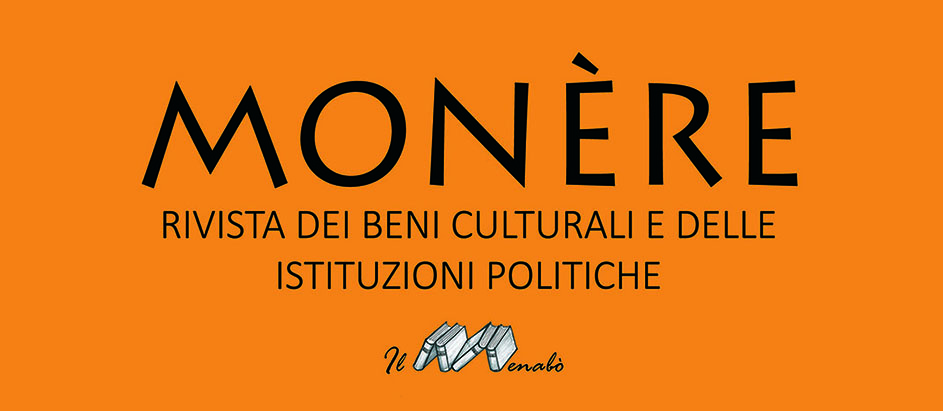LA FRUIZIONE DEL PATRIMONIO ARCHEOLOGICO. CONTESTO, UTENTE, BENE
A broad and strategic vision of the conservation of cultural heritage implies, on the one hand, the systematisation of assets and, on the other hand, greater integration with the territorial context in which they are located. Both aspects focus on the need to consider cultural heritage as attractive nodes of a network that is based on a system of interrelations not only physical (connections between places) but also immaterial (historical-cultural connections). In this logic, fruition is to be interpreted not only as the “enjoyment" of a good, but rather as the main purpose of the conservation process itself.
This implies, from a design point of view, a constant comparison with the characteristics of the heritage to be presented as well as with the needs and expectations of those who will use it. The present work, sharing this approach, highlights the centrality of a quality fruition project that should, therefore, meet the needs of the user's knowledge in respect of the conservative need for the heritage, activating economic and cultural processes that justify the consumption, although controlled, of the good and its context.
Caterina Frettoloso
19984 comments
-

-
 Comment Link car cal adas Domenica, 02 Febbraio 2025 04:56
Comment Link car cal adas Domenica, 02 Febbraio 2025 04:56The Writing is a constant source of inspiration and knowledge, like a muse that never fails to inspire. Thank you for being my muse.
-
 Comment Link adas car cal Domenica, 02 Febbraio 2025 04:52
Comment Link adas car cal Domenica, 02 Febbraio 2025 04:52This writing is a treasure trove of knowledge about the state of the country. Thank you for the contributions!
-
 Comment Link denton auto glass Domenica, 02 Febbraio 2025 02:10
Comment Link denton auto glass Domenica, 02 Febbraio 2025 02:10The ability to present nuanced ideas so clearly is something I truly respect.
-
 Comment Link denton,nc auto glass Domenica, 02 Febbraio 2025 02:04
Comment Link denton,nc auto glass Domenica, 02 Febbraio 2025 02:04This is a brilliant piece of writing. You've nailed it perfectly!
-
 Comment Link auto glass replacement denton,nc Sabato, 01 Febbraio 2025 22:54
Comment Link auto glass replacement denton,nc Sabato, 01 Febbraio 2025 22:54The post has been incredibly helpful. Thank you for the guidance!
-
 Comment Link denton auto glass Sabato, 01 Febbraio 2025 22:50
Comment Link denton auto glass Sabato, 01 Febbraio 2025 22:50Reading the article on the state of the country was a joy. The enthusiasm for the topic is really motivating.
-
 Comment Link denton,nc auto glass Sabato, 01 Febbraio 2025 20:51
Comment Link denton,nc auto glass Sabato, 01 Febbraio 2025 20:51Impressed by The nuanced clarity. It’s like you’re explaining quantum physics to a toddler, and they get it.
-
 Comment Link auto glass replacement denton,nc Sabato, 01 Febbraio 2025 20:47
Comment Link auto glass replacement denton,nc Sabato, 01 Febbraio 2025 20:47The Writing is like a favorite coffee shop where the drinks are always warm and the atmosphere is inviting.
-
 Comment Link 松本潤静岡 Sabato, 01 Febbraio 2025 20:25
Comment Link 松本潤静岡 Sabato, 01 Febbraio 2025 20:25Alekhine once more demonstrated his superiority over his contemporaries, though his successful margin of 1 point was a lot narrower than at Bled 1931 (5½ factors) or San Remo 1930 (3½ points).
Leave a comment
Make sure you enter all the required information, indicated by an asterisk (*). HTML code is not allowed.



Bookmarking this! The practical advice is something I’ll definitely be coming back to.